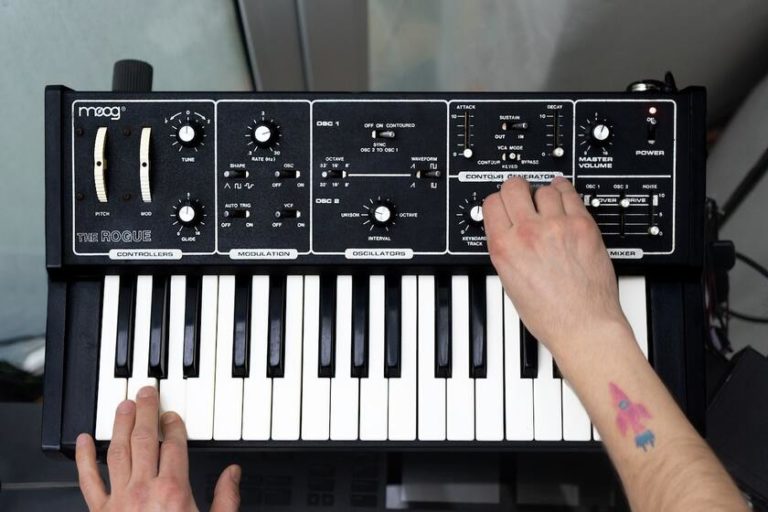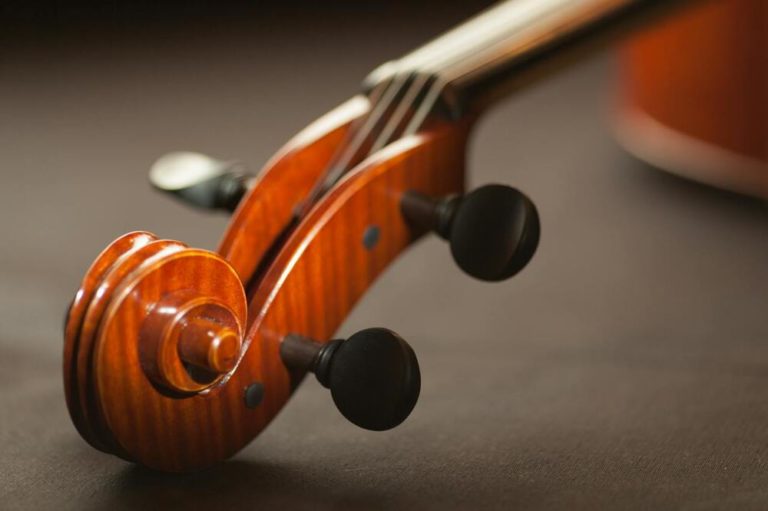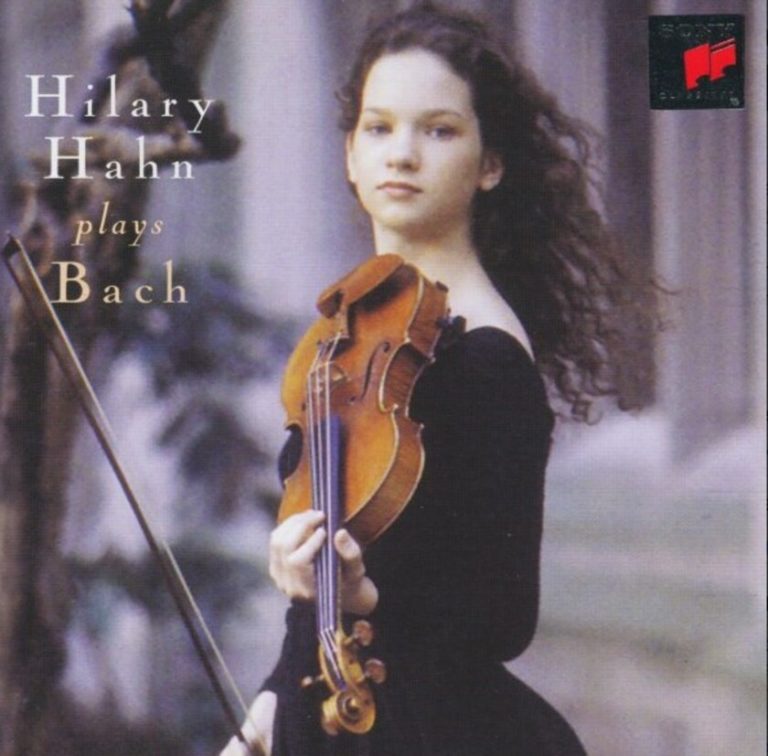Mathematical Concepts in the Music of J.S. Bach: An Exploration for Mathematicians
Introduction
Johann Sebastian Bach (1685-1750), the prolific Baroque composer, is renowned for his intricate and intellectually stimulating compositions. Beyond their artistic merit, Bach’s works are often cited for their inherent mathematical qualities, particularly in terms of their use of algebra and geometry. This article delves into the mathematical underpinnings of Bach’s music, focusing on how these concepts manifest in his compositions and their significance for mathematicians interested in the intersection of music and mathematics.
Algebraic Structures in Bach’s Compositions
Counterpoint and Symmetry
One of the most prominent algebraic concepts in Bach’s music is his use of counterpoint, a compositional technique involving the simultaneous combination of two or more independent melodic lines. Bach’s mastery of counterpoint is evident in works such as “The Art of Fugue” and “The Well-Tempered Clavier.” From a mathematical perspective, counterpoint can be viewed as a form of symmetry, where multiple voices interact in a structured and balanced manner.
The concept of symmetry is fundamental in algebra, particularly in group theory. In Bach’s fugues, the subject (main theme) is often transformed through various algebraic operations, such as transposition (shifting the pitch by a constant interval), inversion (flipping the melody upside down), and retrograde (playing the melody backwards). These transformations can be seen as elements of a symmetry group acting on the musical material, preserving its essential structure while creating variations and development.
Permutations and Combinations
Bach’s compositions also exhibit a deep understanding of permutations and combinations, mathematical concepts that involve the arrangement and selection of elements from a set. In works like “The Musical Offering” and “The Art of Fugue,” Bach systematically explores the possibilities of a given musical theme by subjecting it to various permutations, such as playing it in different voices, inverting it, or combining it with itself at different time intervals.
From a mathematical standpoint, Bach’s exhaustive exploration of thematic possibilities can be seen as an early example of combinatorial thinking. By applying permutations and combinations to musical material, Bach demonstrates the potential for generating a vast array of musical ideas from a limited set of initial conditions, a concept that resonates with mathematical notions of complexity and emergent behavior.
Geometric Aspects of Bach’s Music
Proportions and Golden Ratio
Geometry also plays a significant role in Bach’s compositional approach, particularly in terms of proportions and the golden ratio. The golden ratio, approximately equal to 1.618, is a mathematical constant that appears frequently in nature and has been used in art and architecture for its aesthetic properties. Some scholars have argued that Bach intentionally incorporated the golden ratio into his music, using it to determine the proportions of formal sections or the placement of key musical events.
While the extent of Bach’s intentional use of the golden ratio is debated, there is evidence to suggest that he was aware of its aesthetic significance. For example, in the first movement of his “Brandenburg Concerto No. 5,” the golden ratio can be found in the relative durations of the concertino and ripieno sections. Whether by design or intuition, Bach’s use of proportions and the golden ratio demonstrates a keen sense of balance and structure, which are essential concepts in geometry.
Fractal Patterns and Self-Similarity
Another geometric concept that has been associated with Bach’s music is that of fractals and self-similarity. Fractals are complex patterns that exhibit self-similarity at different scales, meaning that small portions of the pattern resemble the whole. In Bach’s compositions, self-similarity can be observed in the way that musical motifs and structures are nested within each other, creating a sense of recursive depth.
For instance, in the “Goldberg Variations,” the aria theme is not only the basis for the 30 variations that follow but also appears in fragmented and transformed versions within the variations themselves. This fractal-like structure creates a sense of unity and coherence across multiple scales, a concept that is central to the study of fractals in mathematics.
The presence of fractal patterns in Bach’s music has attracted the attention of mathematicians and computer scientists, who have used his compositions as a testing ground for algorithms designed to analyze and generate self-similar structures. By studying the fractal properties of Bach’s music, researchers can gain insights into the nature of complex systems and the emergence of order from simple rules.
Conclusion
The music of J.S. Bach is a rich source of mathematical ideas, encompassing concepts from both algebra and geometry. From the symmetries of counterpoint to the combinatorial possibilities of thematic development, Bach’s compositions demonstrate a deep understanding of mathematical principles and their aesthetic potential.
For mathematicians, studying Bach’s music offers a unique opportunity to explore the connections between abstract mathematical concepts and their manifestations in the realm of artistic expression. By engaging with the mathematical aspects of Bach’s work, researchers can gain new perspectives on the nature of creativity, the role of structure in art, and the potential for cross-disciplinary collaboration between mathematics and music.
As we continue to unravel the mathematical depths of Bach’s compositions, we are reminded of the enduring power of interdisciplinary thinking and the ways in which seemingly disparate fields can inform and enrich each other. In the end, the mathematical beauty of Bach’s music serves as a testament to the universality of mathematical principles and their capacity to inspire and illuminate the human experience.





